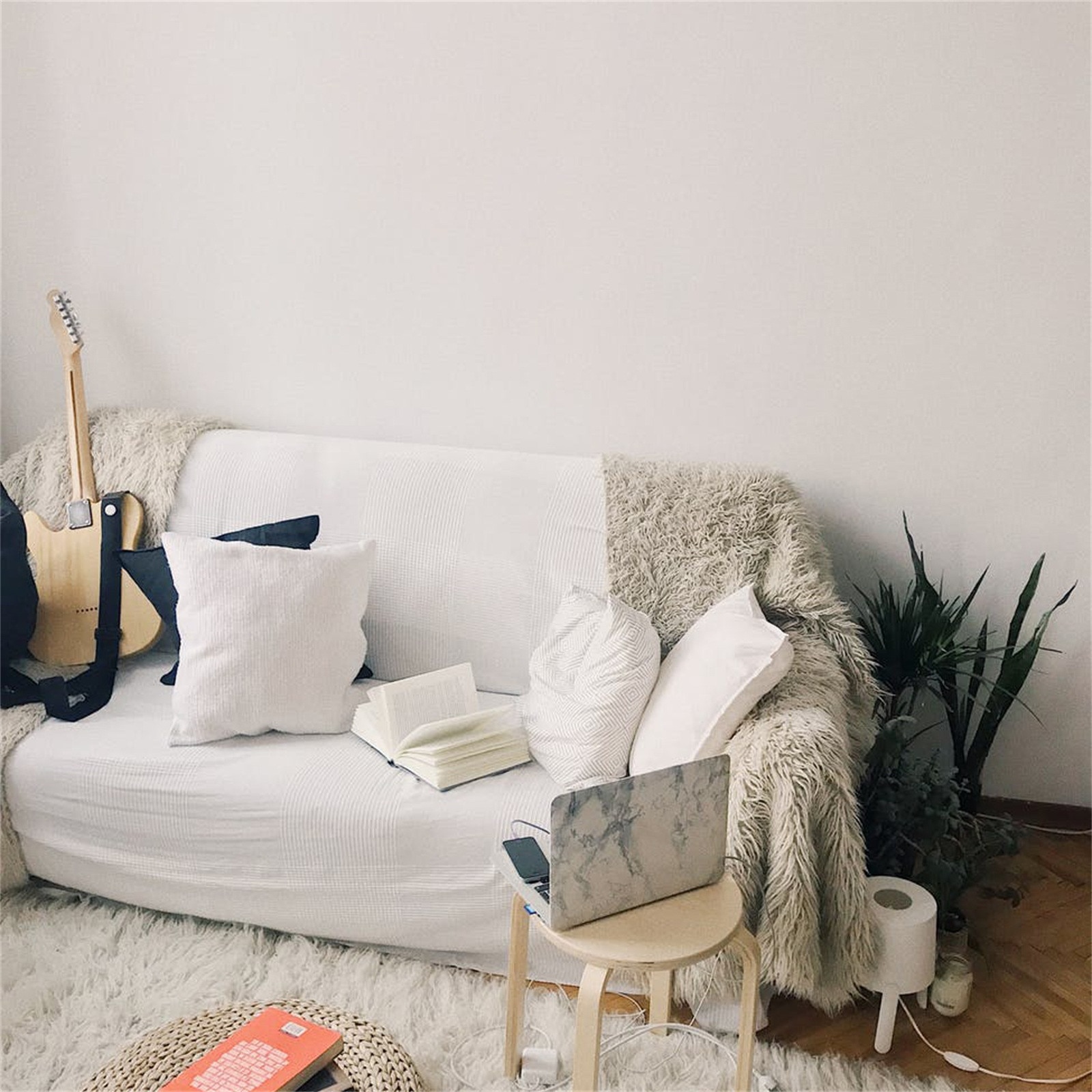
Introduction
Bed bugs are small, nocturnal insects that feed on human blood, causing discomfort and potential health issues. Effective prevention and control of bed bugs require a combination of strategies and tools. Bed bug accessories are specialized products designed to help manage and eliminate bed bug infestations. This guide explores various styles, their functions, and how to use them to protect your home from these pests.
Types of Bed Bug Accessories
- Bed Bug Mattress and Box Spring Encasements:
- Description: These are protective covers that encase the entire mattress and box spring. Made from durable, bed bug-proof materials, they prevent bed bugs from entering or escaping the mattress.
- Uses: Essential for trapping and killing existing bed bugs and their eggs within the mattress. They also prevent new infestations from settling in.
- Features to Look For: Look for encasements with zippers that seal completely and are made from materials that are both puncture-resistant and breathable.
- Bed Bug Interceptors:
- Description: These are plastic or metal devices placed under each leg of the bed frame. They feature a design that allows bed bugs to climb up but prevents them from climbing back down.
- Uses: Effective for detecting and trapping bed bugs that attempt to climb onto or off the bed. They help monitor infestations and prevent bed bugs from spreading.
- Features to Look For: Ensure the interceptors are large enough to fit under the bed legs and have a smooth inner surface to trap bed bugs effectively.
- Bed Bug Powder:
- Description: A powder formulated with insecticidal ingredients, such as diatomaceous earth or boric acid, which can kill bed bugs upon contact.
- Uses: Used to treat cracks, crevices, and other areas where bed bugs might hide. Effective for eliminating bed bugs that are not directly accessible with other methods.
- Features to Look For: Choose powders with proven efficacy and safety for indoor use. Follow the manufacturer’s instructions for application.
- Bed Bug Sprays:
- Description: Insecticide sprays designed to kill bed bugs on contact and provide residual protection. They come in various formulations, including natural and chemical options.
- Uses: Applied to surfaces where bed bugs are likely to be present, such as mattress seams, bed frames, and baseboards. Effective for immediate treatment and prevention.
- Features to Look For: Opt for sprays that are safe for indoor use and specifically labeled for bed bugs. Consider natural or non-toxic options if preferred.
- Bed Bug Vacuum:
- Description: A specialized vacuum designed to capture bed bugs and their eggs from surfaces such as mattresses, carpets, and furniture. It often includes attachments for detailed cleaning.
- Uses: Used to remove bed bugs and eggs from infested areas. Ideal for ongoing monitoring and cleanliness maintenance during and after treatment.
- Features to Look For: Choose a vacuum with strong suction and appropriate attachments for reaching tight spaces and upholstery.
- Bed Bug Heat Treatment Devices:
- Description: Devices that use heat to kill bed bugs and their eggs by raising the temperature of infested items to a level that is lethal to the pests.
- Uses: Effective for treating small items such as clothing, shoes, and personal belongings. Can be used as part of a comprehensive treatment plan.
- Features to Look For: Ensure the device is capable of reaching and maintaining the required temperature for effective bed bug extermination.
Using Bed Bug Accessories Effectively
- Proper Application:
- Encasements: Ensure the encasement covers the entire mattress and box spring without gaps. Regularly check for damage and replace if necessary.
- Interceptors: Place interceptors under all bed legs and regularly inspect them for signs of bed bugs. Clean and replace them as needed.
- Powder and Sprays: Apply powders and sprays according to the manufacturer’s instructions. Focus on cracks, crevices, and other potential hiding spots.
- Vacuum: Regularly vacuum areas where bed bugs may be present, including mattress seams and upholstered furniture. Dispose of the vacuum bag properly.
- Heat Treatment: Follow the manufacturer’s guidelines for using heat treatment devices, ensuring that items reach and maintain the necessary temperature for effective treatment.
- Combination Approach:
- Integrated Pest Management: Use a combination of accessories and treatments for a comprehensive approach. Combining encasements, interceptors, powders, and sprays can increase the effectiveness of bed bug control.
- Regular Monitoring: Continue using bed bug accessories even after initial treatment to monitor for any signs of reinfestation and address any new issues promptly.
- Maintenance and Safety:
- Cleaning and Maintenance: Regularly clean and maintain to ensure they remain effective. Replace any damaged items promptly.
- Safety Precautions: Follow all safety instructions provided with bed bug accessories, especially when using chemical products. Ensure proper ventilation and keep children and pets away from treated areas.
Conclusion
These are vital tools for managing and preventing bed bug infestations. By using a combination of encasements, interceptors, powders, sprays, vacuums, and heat treatment devices, you can effectively address and control bed bugs in your home. Proper application, ongoing monitoring, and maintenance of these accessories are essential for ensuring a bed bug-free environment. With the right tools and approach, you can protect your home and enjoy peace of mind.
